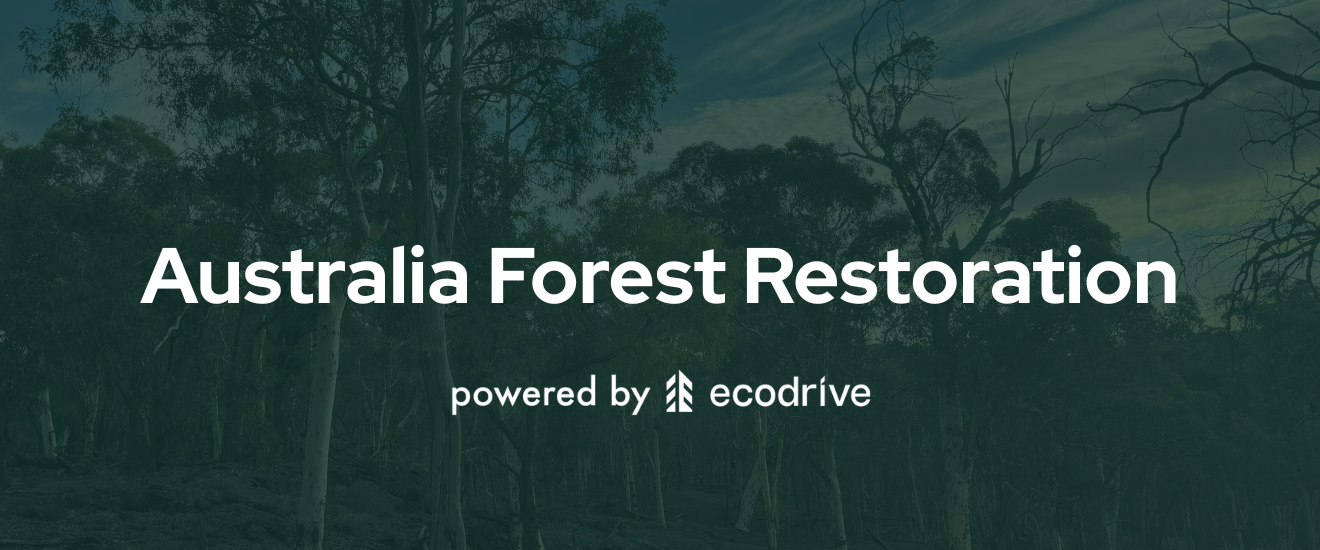How to Join a Clean Supply Chain Without Overhauling Your Entire Business
5 simple steps to ensuring your supply chain is clean, green, and in line with your ESG goals
Transitioning to a cleaner, more sustainable supply chain doesn’t have to be disruptive.
Many businesses assume it requires switching all vendors or rebuilding operations from scratch.
In reality, small, targeted steps can make a big difference—especially when paired with transparency and long-term planning.
1. Map Your Current Supply Chain
Start by understanding where your materials, packaging, and products come from. Identify key suppliers and what percentage of your business they represent.
From there, look at the hotspots—areas with high emissions, single-use plastics, or long-distance shipping.
You can use tools like Sourcemap or a simple spreadsheet to visualize this. The goal isn’t perfection, it’s clarity.
2. Set Clean Supply Chain Priorities
Not all sustainability improvements are equal. Choose one or two priorities to focus on this year. Examples might include:
- Reducing plastic use in packaging
- Shifting to carbon-neutral shipping options
- Sourcing from a certified fair-trade or low-impact supplier
- Partnering with local vendors to reduce transportation emissions
Each change contributes to long-term sustainability, even if your broader system stays intact.
3. Look for Certified or Transparent Suppliers
Look for suppliers that already meet strong environmental or social standards. Examples include:
- FSC-certified paper products
- B Corp-certified manufacturers
- Textile Exchange–certified materials
- Partners who offer carbon tracking or renewable energy credits
By shifting even one category to a better supplier, you can lower your footprint and gain stronger talking points for your brand.
4. Make Alternative Pledges Where You Can’t Yet Reduce
Sometimes you can’t immediately change your suppliers—but you can take responsibility for the impact.
This is where programs like Ecodrive come in.
Brands can match each order with a verified environmental action, such as planting a tree or funding plastic removal.
This helps bridge the gap between your current operations and your long-term sustainability goals, and provides a way to show customers you’re actively investing in solutions.
5. Tell the Story As You Go
Customers understand that supply chain change takes time.
What matters is that you're being proactive and transparent.
Share the steps you’re taking and explain why certain shifts are happening now, while others are planned for later.
Even a short supply chain impact page on your site can go a long way.
Be honest, specific, and forward-looking.
That’s what customers, partners, and investors want to see.












